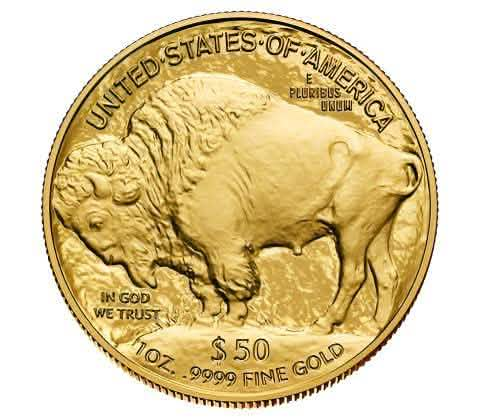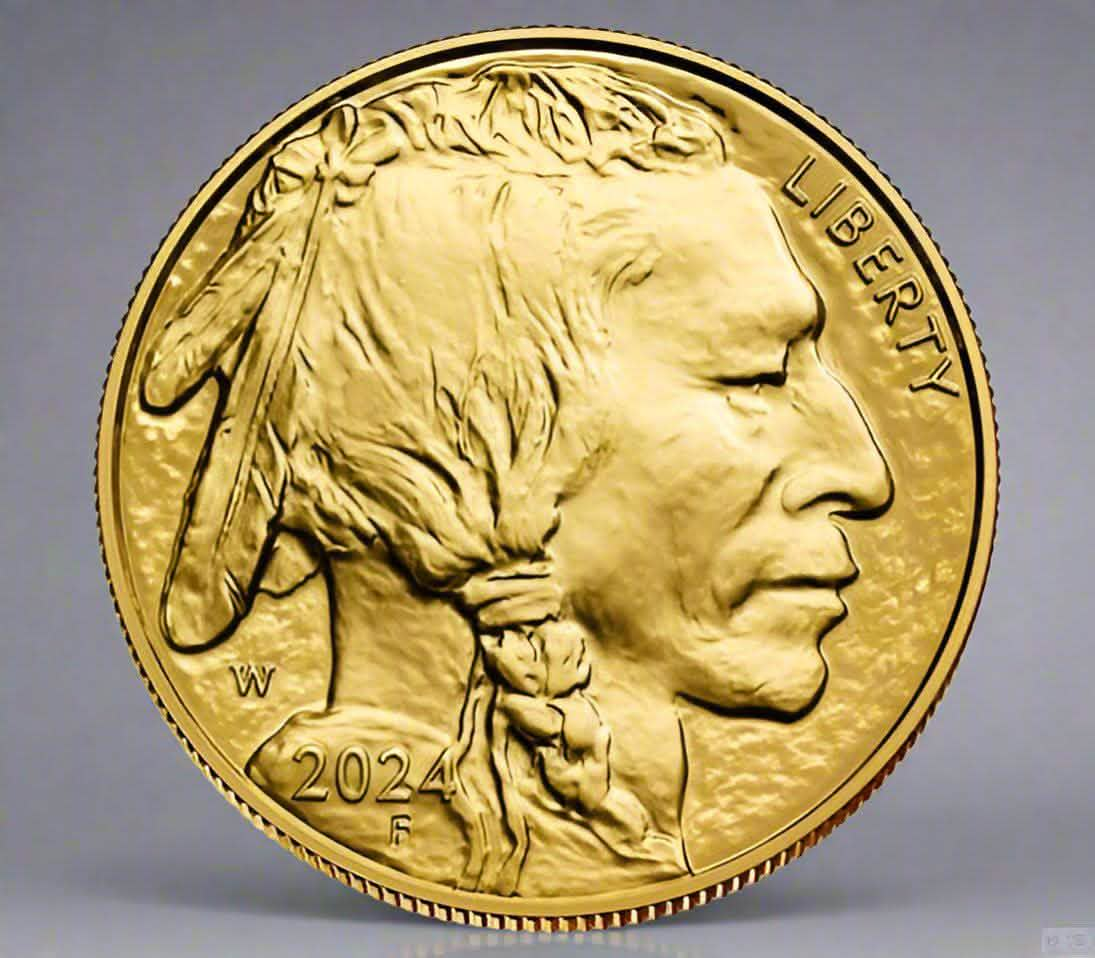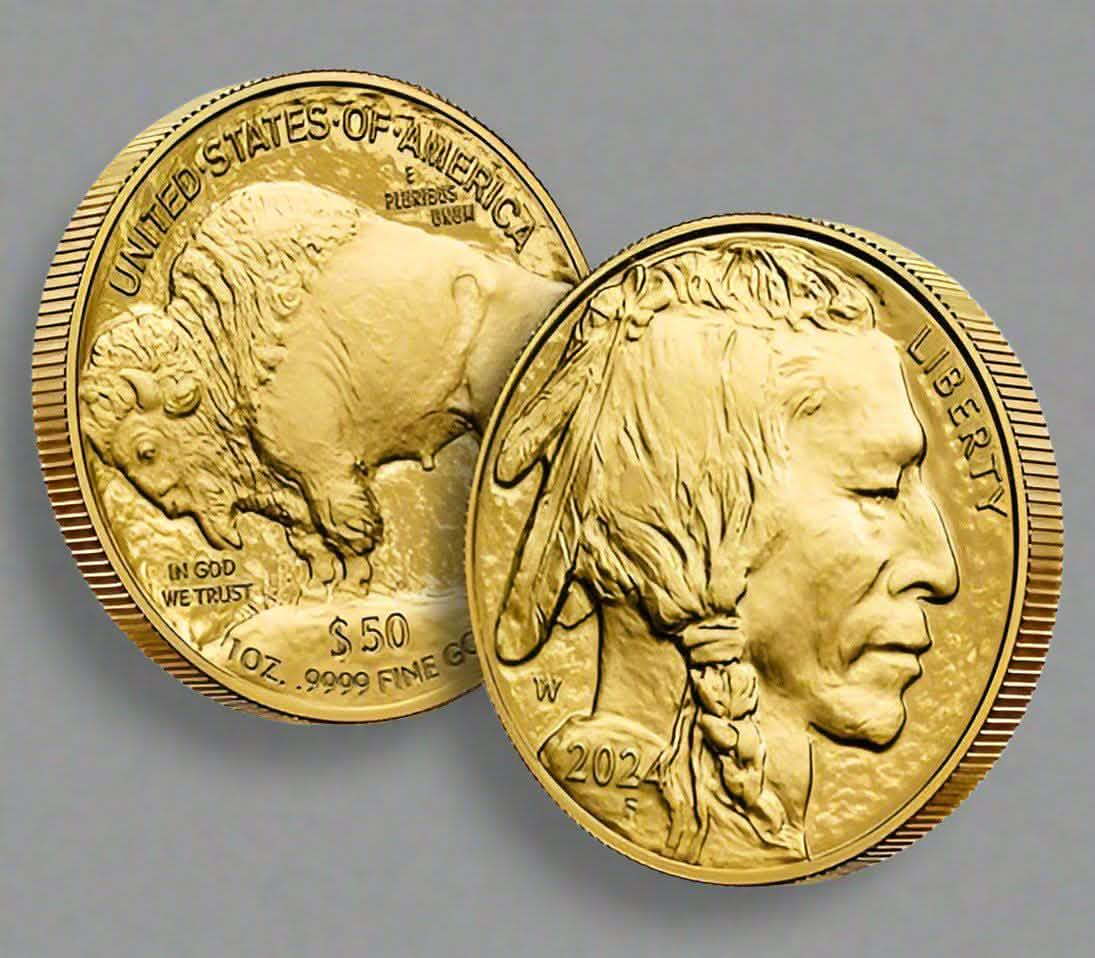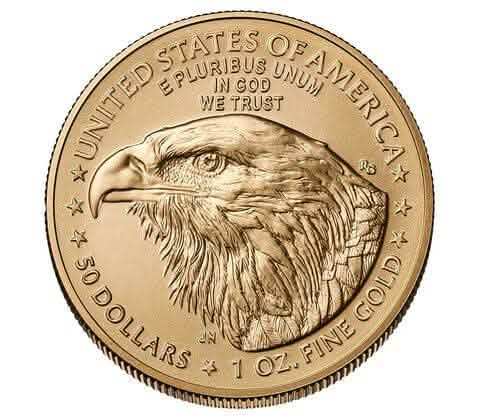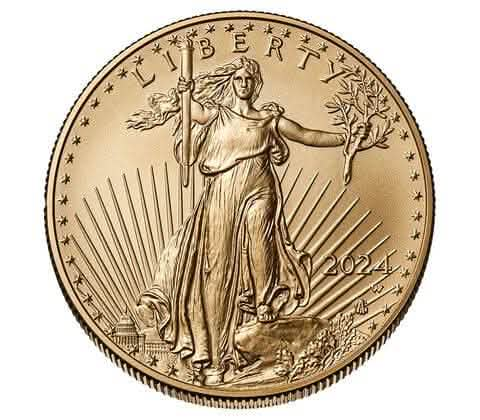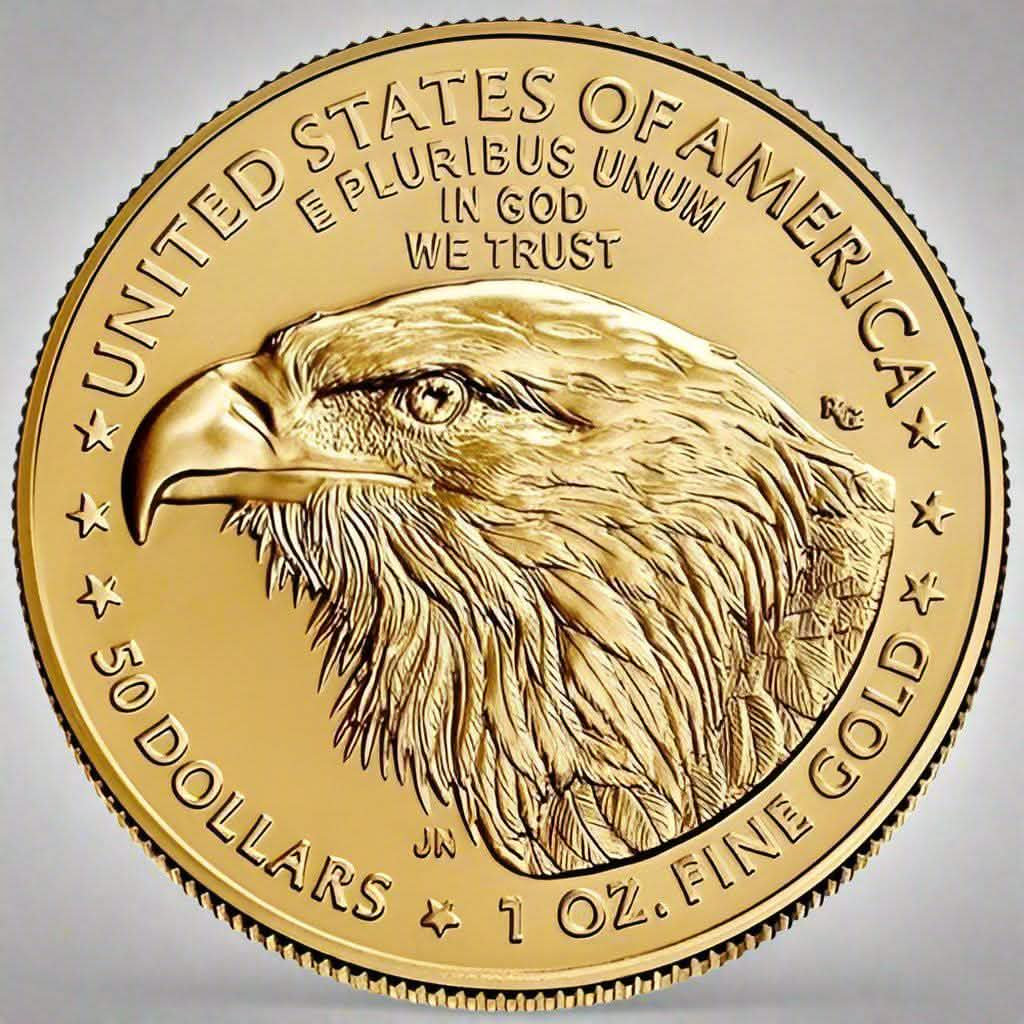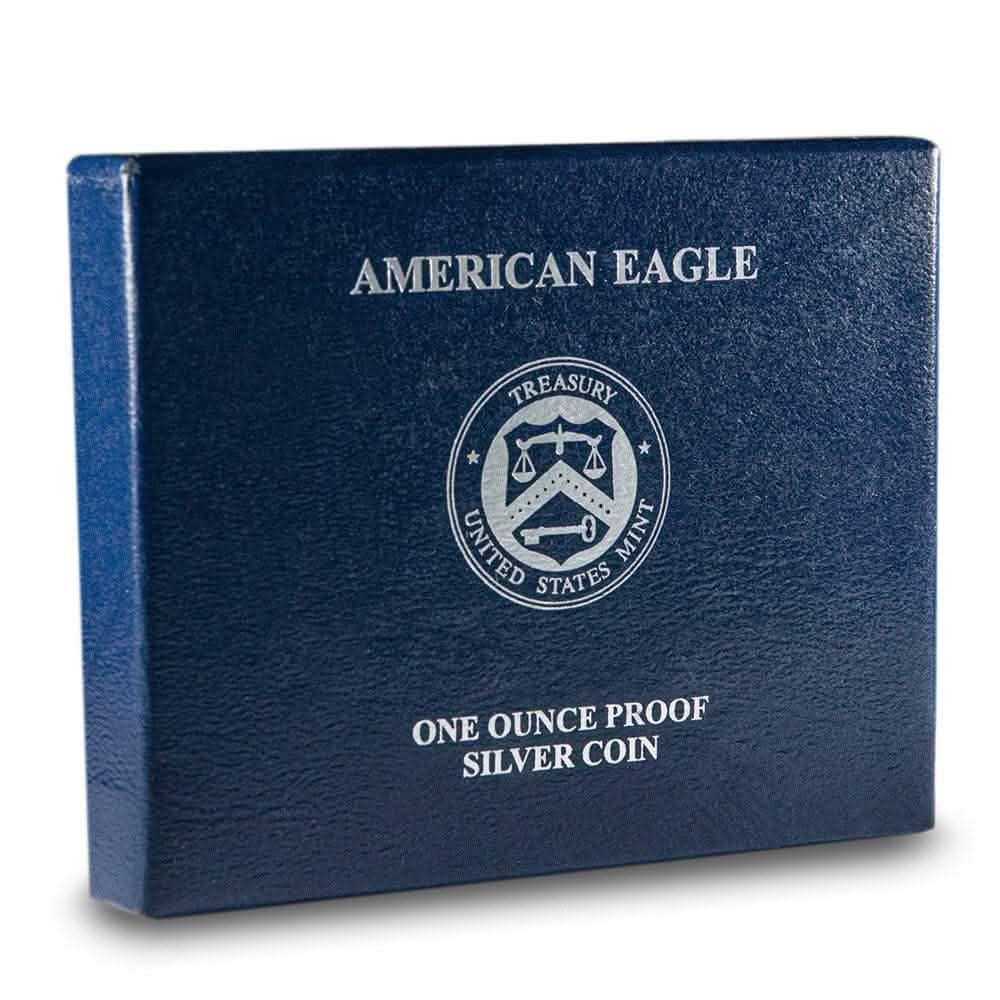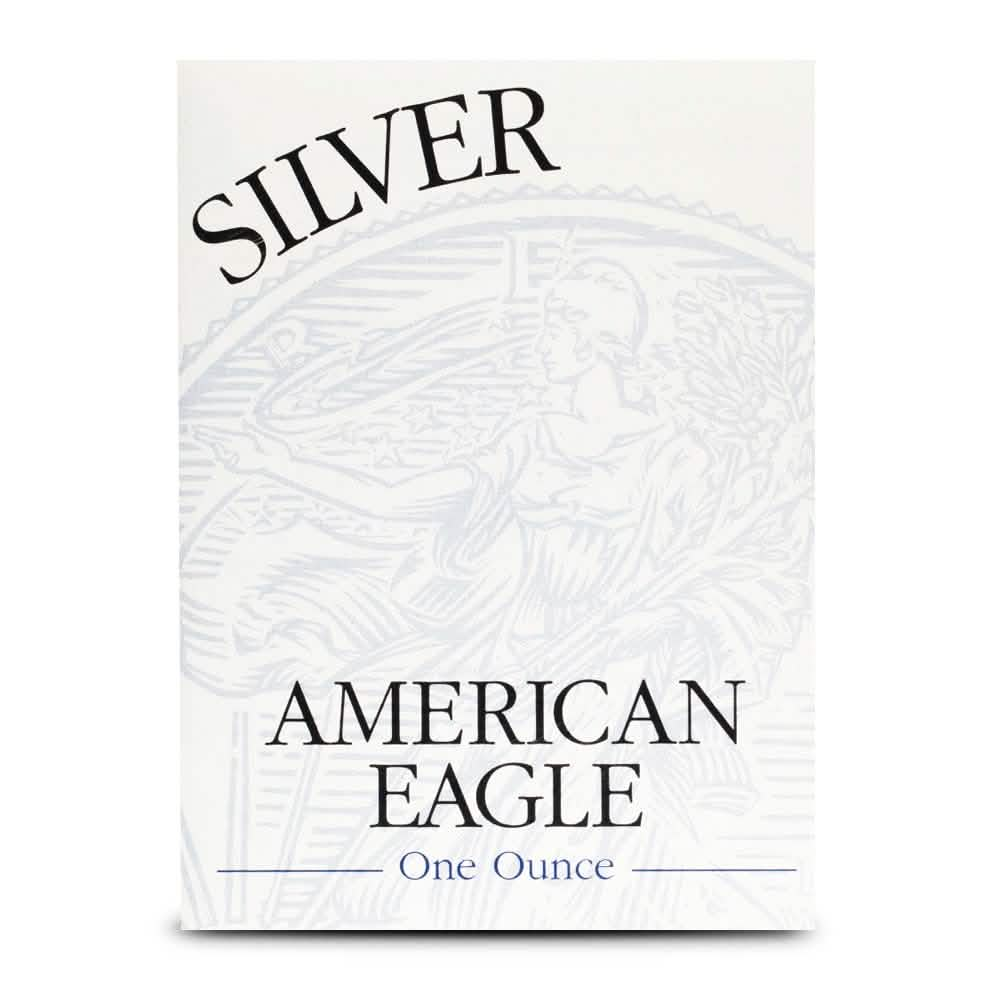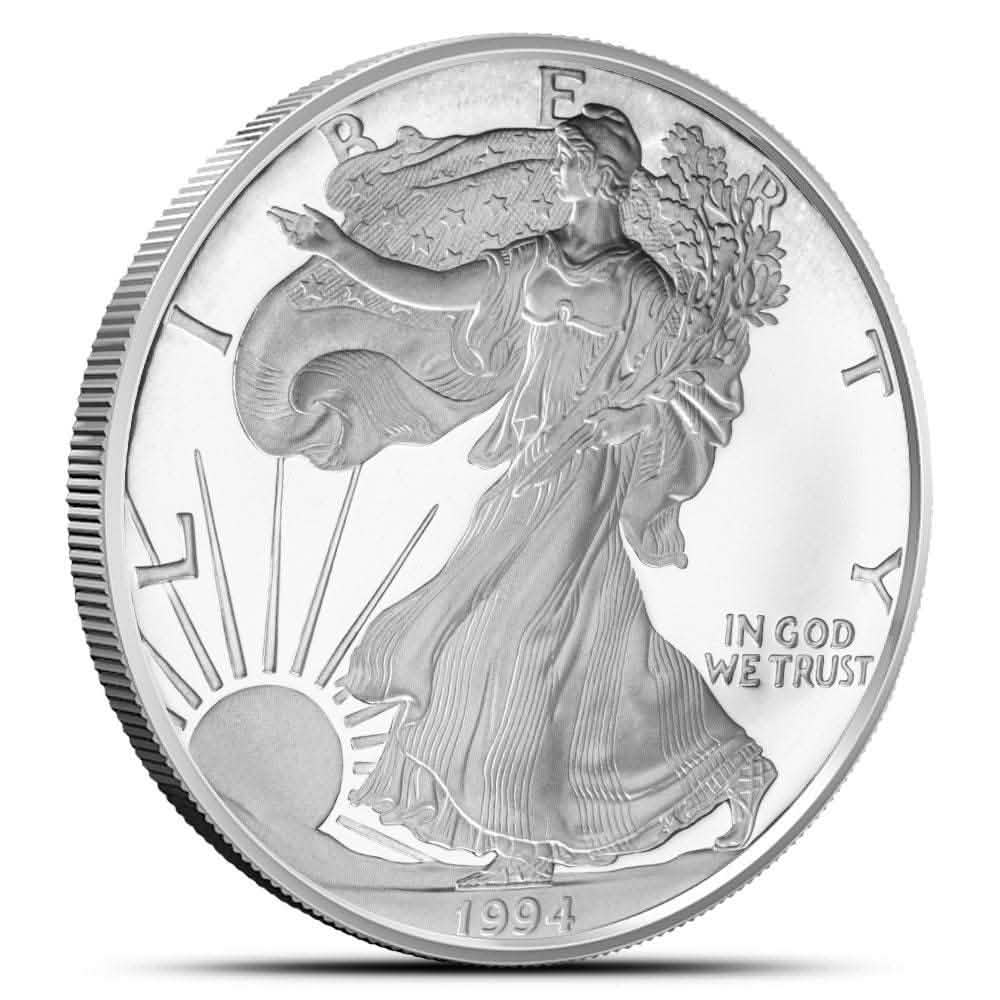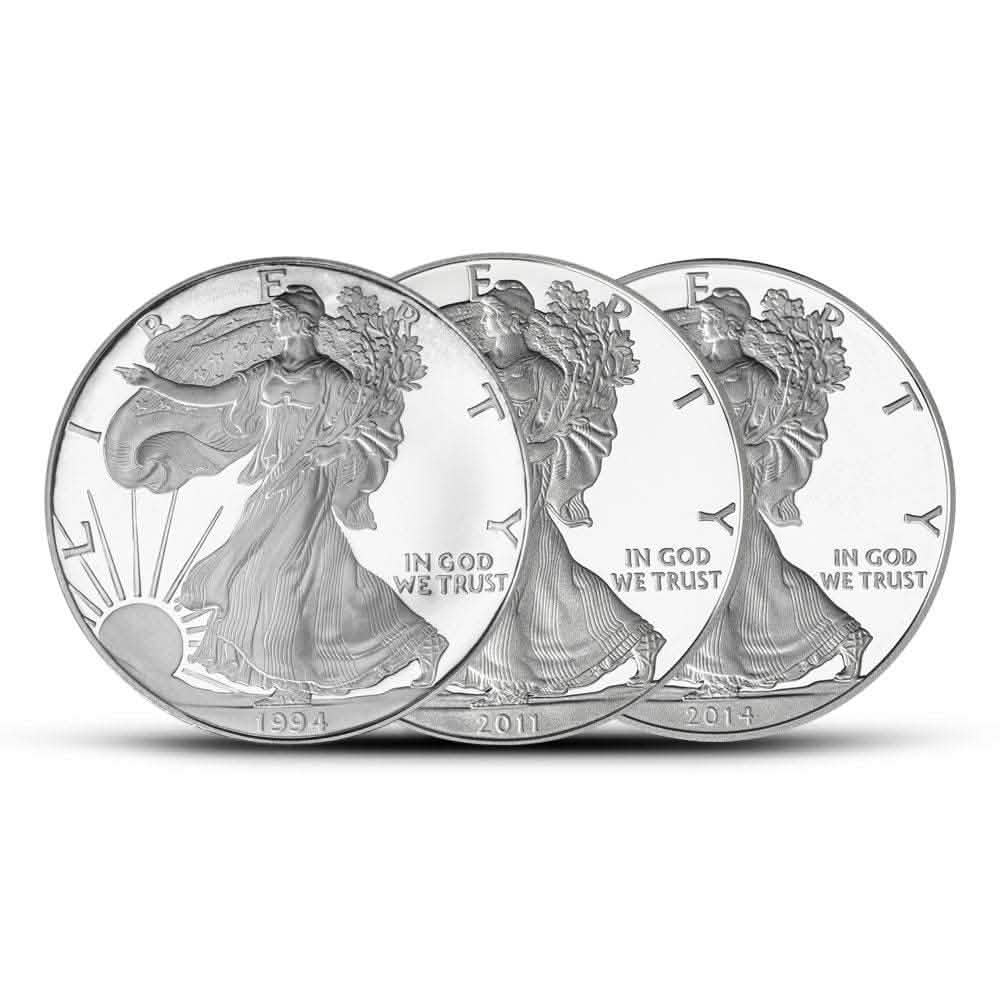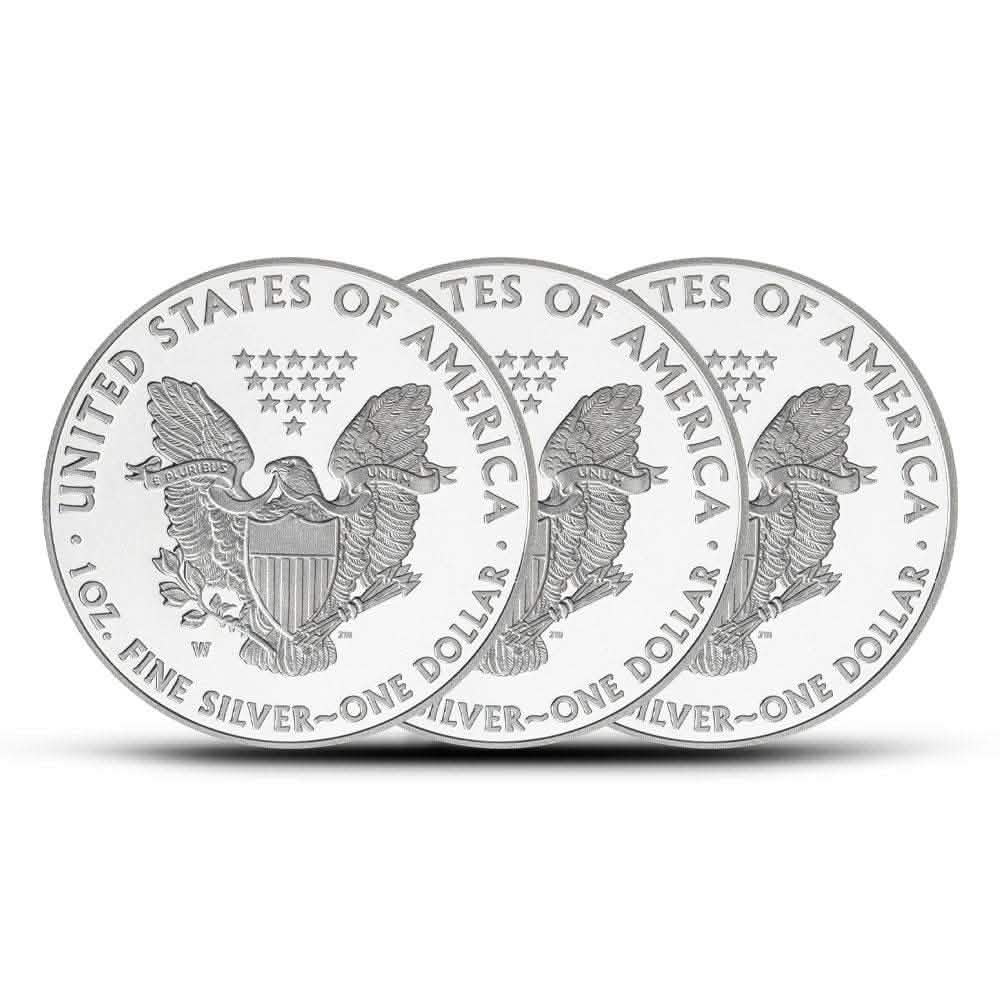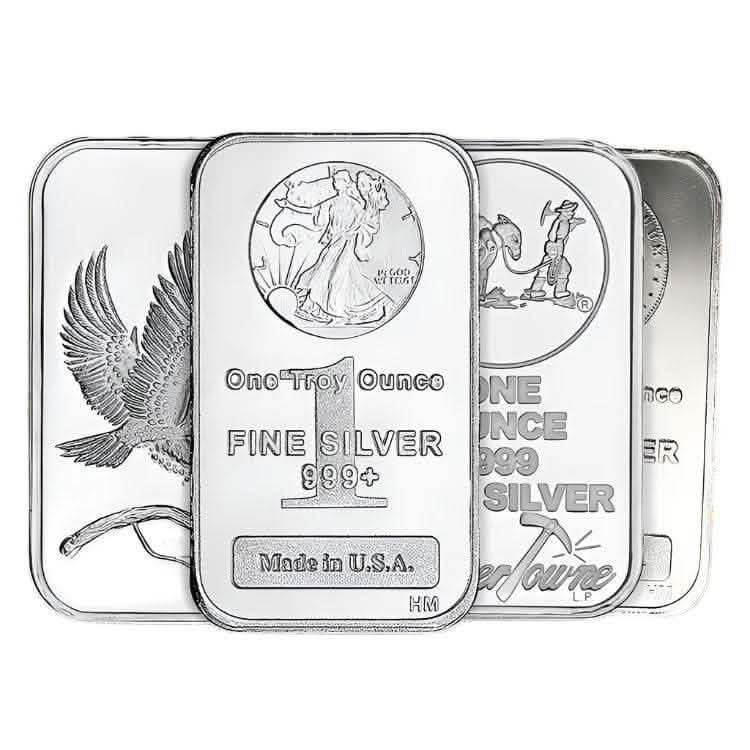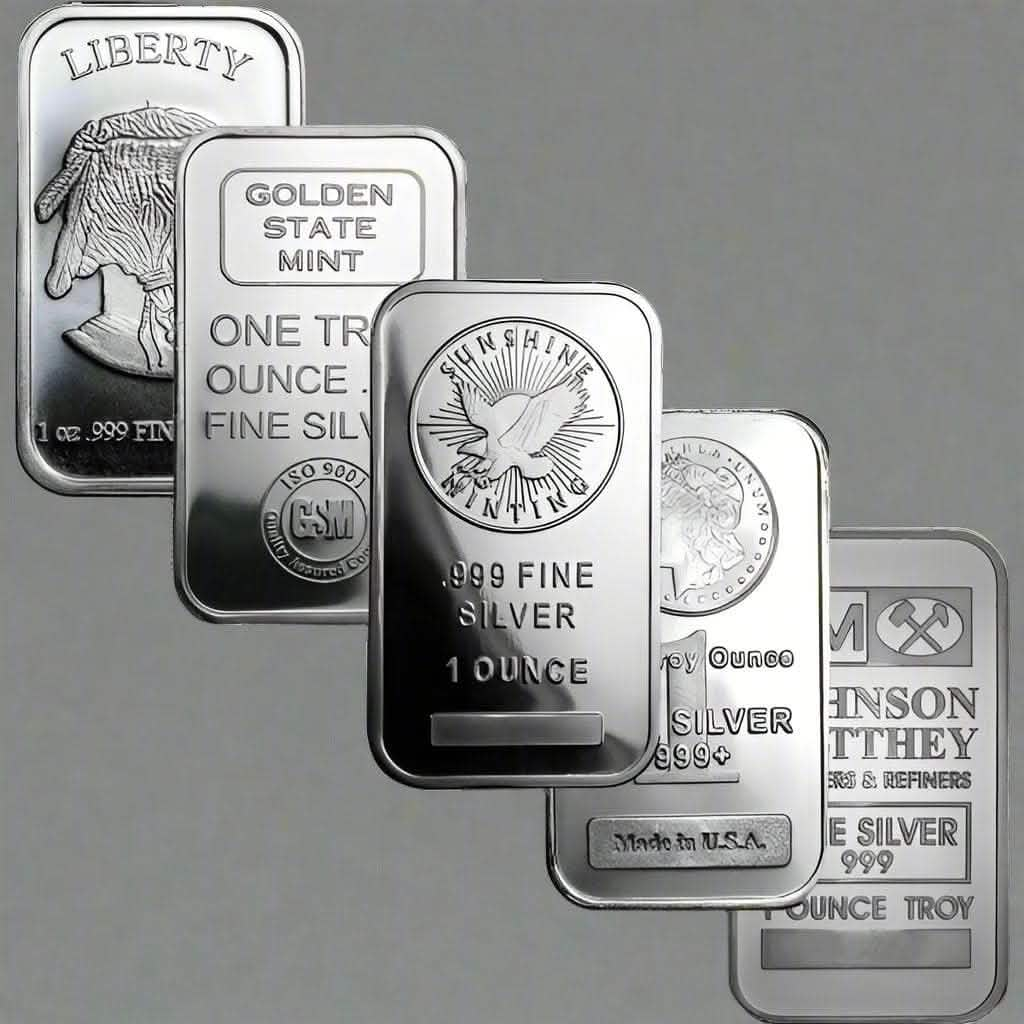Are you a silver collector seeking to ensure the authenticity and purity of your items? Whether you're inspecting modern bullion, vintage coins, or heirloom jewelry, knowing how to verify silver purity is crucial. Genuine silver holds intrinsic value and adds historical and artistic significance to your collection.
This guide will walk you through easy and effective methods to check the purity of any silver item. By the end, you'll have the tools and confidence to authenticate your treasures like a seasoned expert.
Why Understanding Silver Purity Matters
Silver purity refers to the percentage of pure silver in an item compared to other metals. Sterling silver is typically 92.5% pure silver, with the remaining 7.5% made up of other metals, such as copper.
Knowing the purity of your silver pieces is essential for several reasons:
- Value Verification: Purity directly impacts the item's market and resale value.
- Authenticity Check: Fake or subpar silver items often contain lower percentages of actual silver.
- Long-Term Investment: Higher purity silver typically holds its value better over time.
Now, let's explore how to verify silver purity, starting with modern bullion products.
Checking Purity on Modern Bullion Items
For collectors of modern silver bullion, verifying purity is relatively straightforward, thanks to standardized practices and inscriptions.
Inspect the Product's Markings
Modern silver items, such as bars, coins, and rounds, often include a hallmark or inscription detailing their purity. Look for these common marks:
- "999" or "999.9": Indicates 99.9% or 99.99% pure silver, also called "fine silver."
- "Sterling": Marks purity at 92.5%.
- "Hallmark Stamps": Many mints, like the Royal Canadian Mint, use reputable certification stamps.
For example, a 1oz American Silver Eagle coin clearly states "1 OZ FINE SILVER—ONE DOLLAR" on its surface, indicating that it is 99.9% pure.
Purchase from Reputable Dealers
When buying bullion, always source from trusted dealers or established organizations to ensure you’re purchasing genuine silver products. When possible, request certificates of authenticity to verify the item's origin and purity standards.
Verifying the Purity of Vintage Coins
Checking purity can require more effort if you're dealing with vintage coins, like old U.S. silver dollars or foreign currency.
Confirm Through Published Specifications
Most historic coins have documented specifications, including their metal composition. For example, U.S. silver coins minted before 1965 are generally 90% silver. Key examples include:
- Pre-1965 Washington quarters
- Mercury dimes
- Morgan and Peace dollars
By comparing your coin to these specifications, you can verify its silver content.
Use the Magnet Test
Silver is not magnetic. Could you gently pass a magnet over your coin? If the magnet attracts it, the coin likely contains no silver. Be cautious, though—this is not a definitive test, as non-silver alloys may also show no magnetic reaction.
Weight and Dimensions Test
Use a digital scale and caliper to measure your vintage coin’s weight and dimensions. Cross-reference these measurements with official mint specifications. Deviations can indicate a counterfeit or altered coin.
Authenticating Silver Jewelry
Jewelry can be one of the trickiest forms of silver to authenticate, as pieces often contain mixed metals and may need more detailed markings.
Look for Hallmarks
Most silver jewelry includes hallmarks to indicate purity. Common stamps include:
- "925": Indicates sterling silver (92.5%).
- "950": A rarer grade of silver, 95% pure.
- "800": Common in antique pieces, signifying 80% pure silver.
Check inconspicuous areas of your jewelry, such as the clasp or inner side of a ring, for these marks.
Perform an Acid Test
An acid test provides a clear indication of silver purity. Here’s how it works:
- Buy a silver testing kit with acid solutions designed for different purity levels.
- Scratch a small, inconspicuous area of your jewelry to expose the base metal.
- Apply an acid drop to the scratched surface and observe the color change.
- Match the reaction to the provided chart to determine purity.
Remember that this test slightly damages the item, so use caution when dealing with valuable pieces.
Advanced Methods for Silver Purity Testing
Consider using more advanced testing methods if you're handling high-value or historically significant items.
X-Ray Fluorescence (XRF) Analysis
XRF machines use noninvasive technology to determine an item's elemental composition. This is one of the most precise ways to verify silver purity, typically performed by professional appraisers or certification agencies.
Ultrasonic Testing
Ultrasonic testing measures sound waves to identify the density and purity of a silver item. Like XRF, it is a non-invasive, highly accurate method experts use.
Beware of Common Silver Counterfeits
Understanding how to spot counterfeit silver is vital to protecting your collection. Watch out for:
- Plated Items: Silver-plated products have a thin silver coating over base metals like nickel or brass.
- Base Metal Fakes: Some counterfeits attempt to mimic silver’s appearance using other metals.
- Lack of Patina or Tarnish: Genuine silver naturally develops tarnish over time, whereas counterfeits may remain unnaturally bright.
Please be sure always to be diligent and avoid caution when you get new additions to your collection.
Elevate Your Silver Collecting Experience
Learning to check silver purity is a fundamental skill that enhances collectors' experiences. By understanding and applying these methods, you’ll build an authentic and valuable collection that will stand the test of time.
To refine your knowledge of silver further, consider professional appraisal services or investing in advanced testing equipment. Every collector starts somewhere, and verifying silver purity is a step toward mastering the art of collecting.
